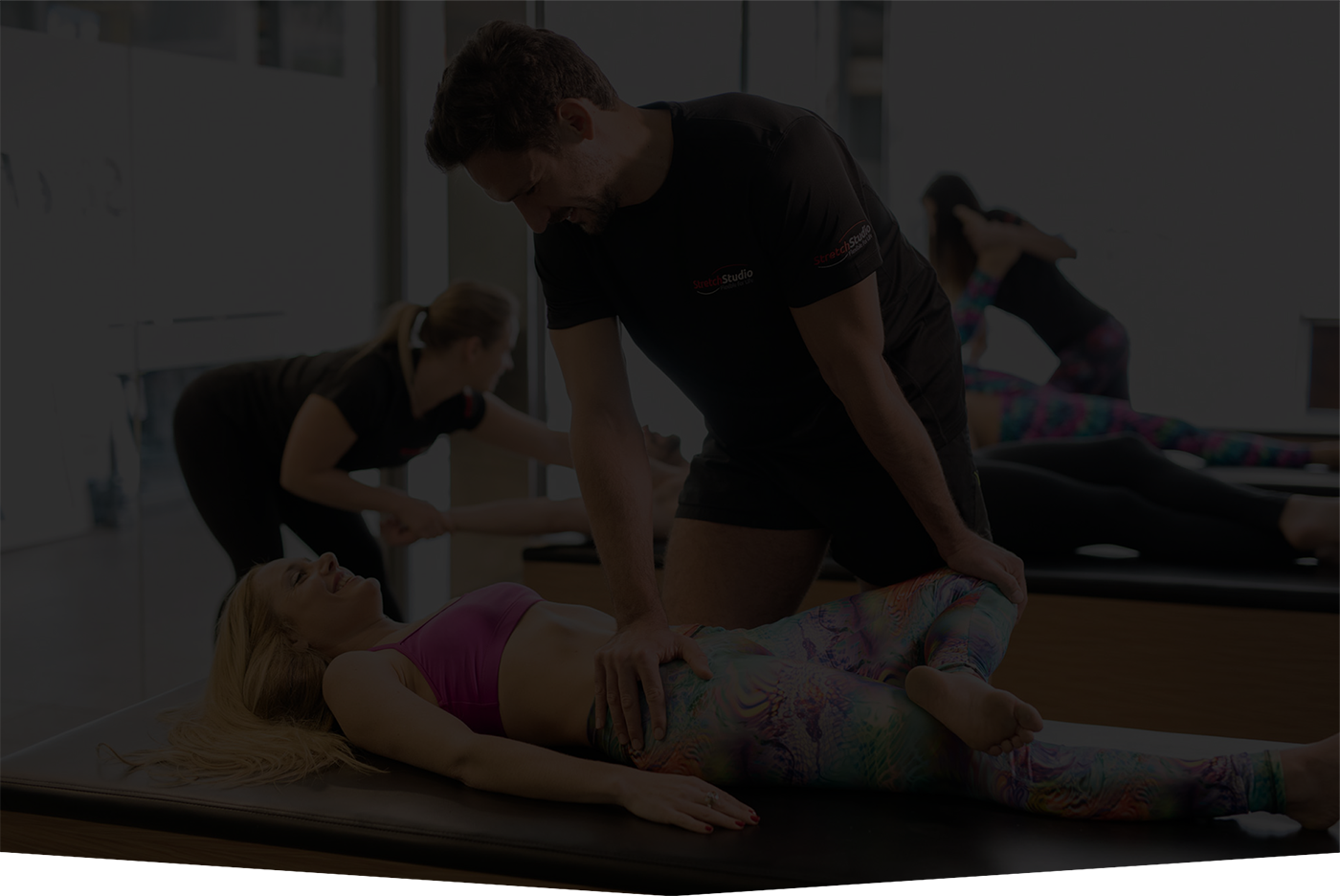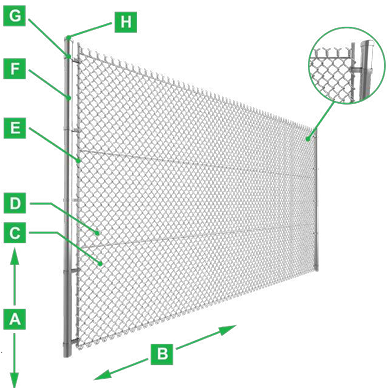Passive assisted stretching is a vigorous technique that involves a partner or external force helping an individual achieves a deeper stretch than they could on their own. This method is widely used in various fitness disciplines, rehabilitation, and flexibility training. This information will cover everything you need to know about passive assisted stretching.
Definition and mechanism
Passive assisted stretching is a form of static stretching where an external force, such as a partner, a stretching device, or gravity, is used to facilitate a stretch. Unlike static stretching where an individual holds a position independently, passive assisted stretching involves an external source guiding the movement to extend the range of motion.
Partner or assistor
Having a partner or trained assistor is common in passive assisted stretching. This person applies controlled pressure or support to the body, helping the individual achieve a stretch beyond their typical range. This can be particularly beneficial for targeting specific muscle groups or achieving more intense stretches.
Increased range of motion
The primary goal of passive assisted stretching is to enhance flexibility and increase the range of motion in joints and muscles. The external force allows for a more profound stretch, which, over time, can contribute to improved flexibility and mobility. This is especially valuable for athletes aiming to optimize performance and reduce the risk of injuries.
Types of passive assisted stretching
There are various techniques and approaches to passive assisted stretching. Some common methods include static stretching with a partner’s assistance, Proprioceptive Neuromuscular Facilitation (PNF), where a partner alternates between stretching and contracting the muscle, and the use of stretching devices like resistance bands or yoga straps.
PNF techniques
Proprioceptive Neuromuscular Facilitation, often incorporated into passive assisted stretching, involves cycles of contraction and relaxation to enhance flexibility. The “hold-relax” technique, for instance, involves contracting the muscle, followed by a passive stretch as the muscle relaxes. This process can be repeated to achieve greater gains in flexibility.
Safety and communication
While passive assisted stretching can be highly effective, safety is paramount. Clear communication between the stretcher and the individual being stretched is crucial to prevent injury. The person applying the stretch should be attentive to feedback and avoid pushing the stretch beyond the individual’s comfort level.



